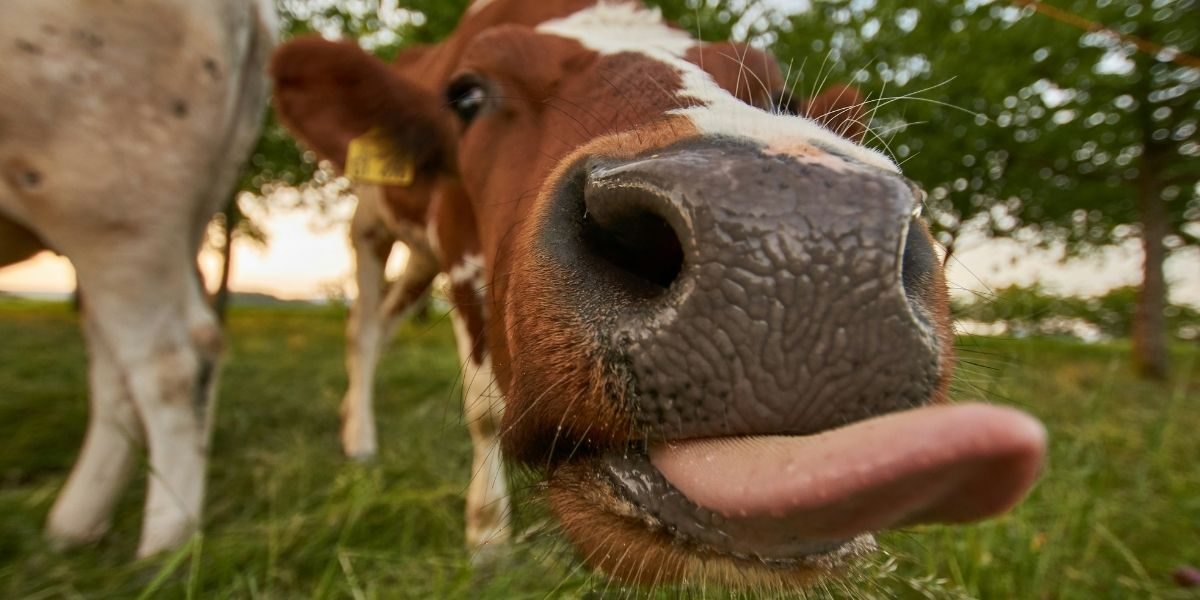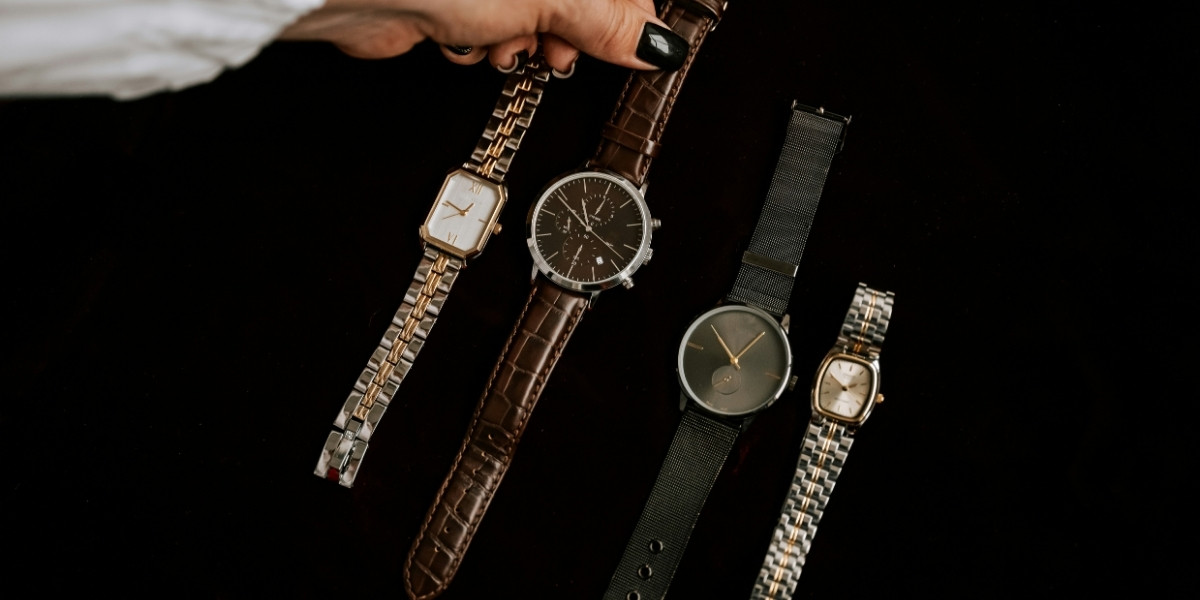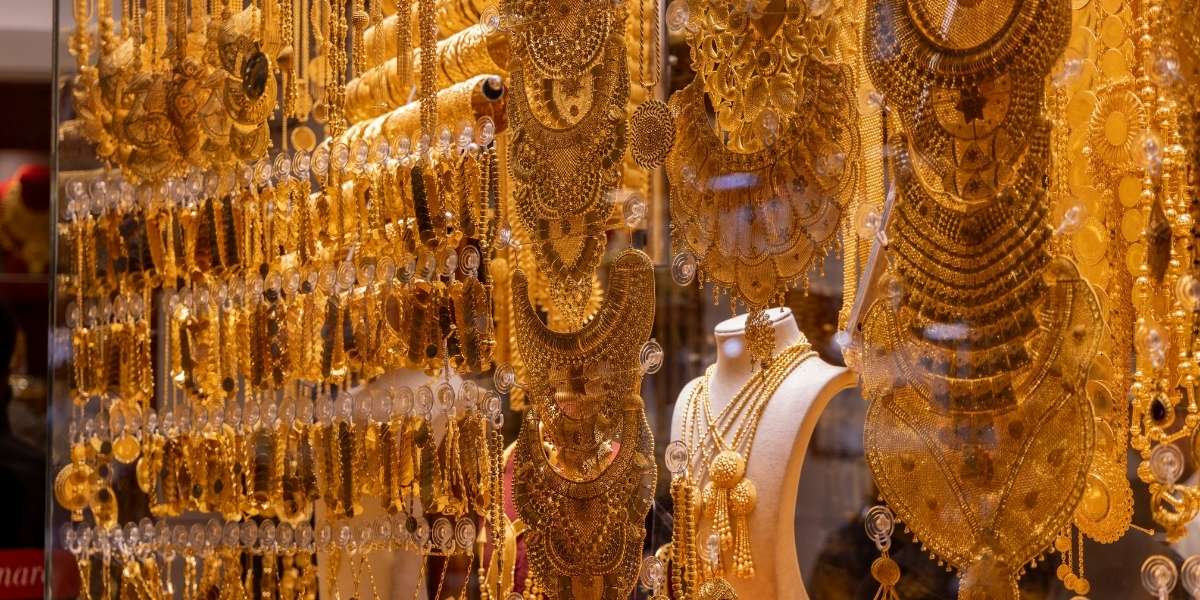The internet has transformed the way people communicate, and memes have become a universal language. What started as simple inside jokes has turned into a global phenomenon that influences entertainment, marketing, and even politics. Whether it’s a reaction image, a viral video, or a trending phrase, memes shape online conversations and reflect the collective humor of digital communities.
Read More: Interior Design Tips for a Stylish, Functional Home
What Makes a Meme Go Viral?
A successful meme spreads fast because it taps into shared emotions, cultural moments, or relatable experiences. Humor, nostalgia, and absurdity play a major role in determining whether an image or phrase will gain traction. Timing is just as crucial—some memes take off instantly, while others fade before reaching a mainstream audience.
Memes that gain widespread popularity often follow a recognizable format, making them easy to replicate and remix. This adaptability is key to their success, as internet users enjoy putting their own spin on viral content.
How Do Memes Influence Pop Culture?
Memes are more than just jokes—they influence fashion, music, and entertainment. Catchphrases from viral videos make their way into movies, while meme-inspired aesthetics influence streetwear brands. Even celebrities use memes to stay relevant, often embracing or reacting to viral content about themselves.
Streaming platforms have also embraced meme culture. Shows and movies are now created with “memeability” in mind, knowing that viral clips can generate free promotion. The more quotable and GIF-worthy a scene is, the more likely it will spread online, increasing a show’s visibility.
Can Memes Shape Public Opinion?
Memes have evolved from harmless jokes into powerful tools for shaping opinions. Political campaigns, social movements, and even corporations use memes to engage audiences and influence discussions. Since they spread quickly and often appear humorous, memes can make complex topics more digestible.
However, their ability to distort reality is a growing concern. Misinformation spreads just as easily as humor, making it difficult to separate fact from fiction. While some memes are designed to entertain, others are crafted to manipulate narratives and sway public perception.
Why Do Brands Use Memes in Marketing?
Companies have realized that memes create instant engagement. Traditional ads are often ignored, but a well-placed meme can generate millions of views with minimal effort. Brands like Wendy’s and Netflix have mastered meme marketing, turning casual internet jokes into full-scale promotional strategies.
The key to successful meme marketing is authenticity. Forced or outdated references can feel disconnected, leading to negative reactions from online audiences. Brands that understand internet humor and participate in trends naturally tend to perform better than those that try too hard.
Are Memes a Temporary Trend or a Cultural Shift?
Some might dismiss memes as a passing trend, but their influence suggests otherwise. They have evolved alongside technology, adapting to new platforms and digital habits. The shift from static images to video-based memes on platforms like TikTok and Instagram shows that meme culture isn’t fading—it’s simply changing form.
Read Also: Impressionism: Capturing Light and Life in Art
As long as people find humor in shared experiences, memes will remain a dominant force in pop culture. The way they are created and consumed may evolve, but their ability to connect, entertain, and influence will keep them at the heart of online culture.
Published by Drake M.






